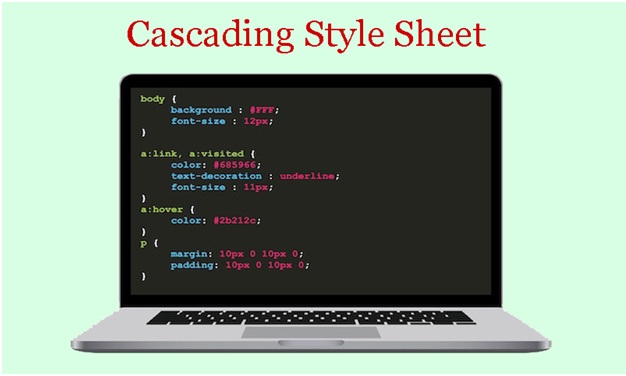A lot has been said about CSS. But do we completely understand this term and most importantly how it works? This article gives a deeper meaning of CSS and impacts more knowledge on how CSS actually works. Understanding how it works will help us implement it in the best way and use it where it is supposed to be used.
- What is CSS?
CSS stands for Cascading Style Sheets that are used to define the way in which a file written in a markup language such as HTML are described. CSS simply recommends a web browser on how to display a certain page. Each CSS contains instructions referred to as statements. The statements are tasked to identify elements in an HTML document show the browser how to draw these elements. Elements include links and paragraphs in an HTML document.
To understand this, we need to have basic computer knowledge, install basic software, and possess know-how of working with files and HTML knowledge. This CSS tutorial seeks to give you knowledge on how CSS and HTML are analyzed by the browser and how the browser responds to them.
- How does CSS works?
When a document is displayed on a browser, the browser has to combine the content of the document with its style information. The document is then processed in a series of stages. However, different browsers handle this process differently. Below is a simplified way of how the process occurs.
- The browser receives the document from a network and loads the HTML.
- The HTML is converted into a Document Object Model referred to as DOM. It represents the document in the computer’s memory.
- The browser collects most of the resources linked to the HTML document. Such resources include images, videos, and linked CSS.
- The browser analyzes the collected CSS and sorts them differently based on their selectors such as elements and ID. Depending on the selector it finds, it selects which rules should be applied on which node in the DOM. After this, it attaches style to them depending on the requirement.
- After the rules are applied to it, the render tree is laid out in the structure.
What is the Document Object Model (DOM)?
A DOM possesses a tree-like structure. In this structure, the markup language has attributes, elements and each becomes part of DOM node in the tree structure. Understanding how the DOM works aids you in designing, debugging and maintaining your CSS. The CSS together with the content in the document meets in the DOM.
- How do we apply CSS to DOM?
The browser analyzes the HTML and creates a DOM from it. After this, it analyzes the CSS. The browser is able to sort the CSS at a higher speed since the rule available for CSS has a span selector. This rule is then applied to each of the three spans and the final visual is shown on the screen.
How does a browser handle CSS it can’t interpret?
We need to understand that all browsers do not interpret CSS at the same time. CSS is being developed by the day. You need to constantly update your browser to the latest version. This will aid your browser recognize any CSS selector. Old and outdated browser versions may fail to recognize the latest CSS selectors.
If a browser does not recognize a certain CSS, it simply ignores it and moves on to the next. In case you have misspelled a value or got it wrong, it will simply move on to the next. The same happens in case your values are very new and the browser does not support them yet. For selectors that a browser does not understand, it simply skips them and moves on to the next value. This helps in avoiding any errors being made when the browser fails to understand a certain value.
In case you were having trouble understanding what CSS is and how it works, we hope the CSS tutorial above has shed more light on the topic. You know understand how it is incorporated with a DOM and what a browser does in case it cannot interpret a certain CSS.
